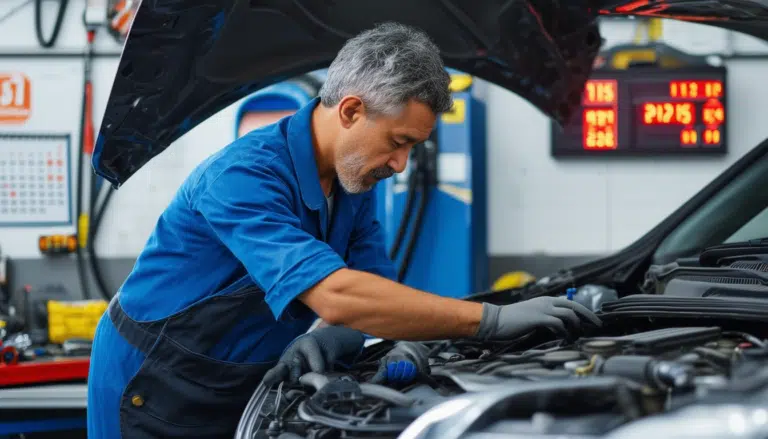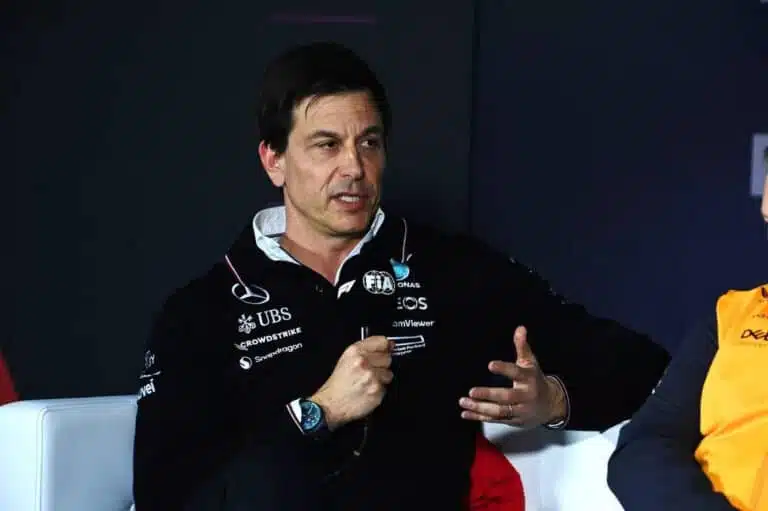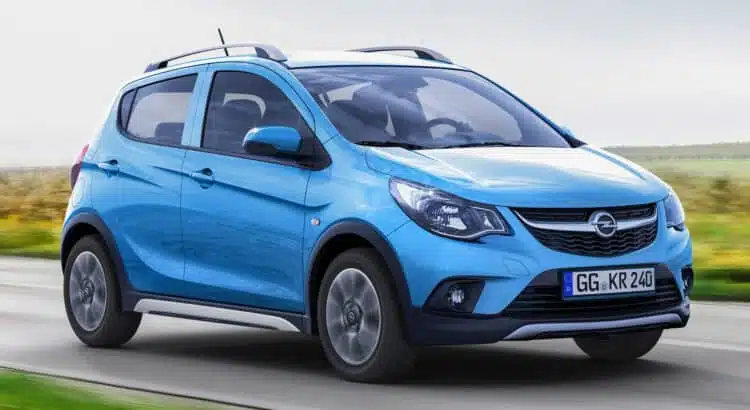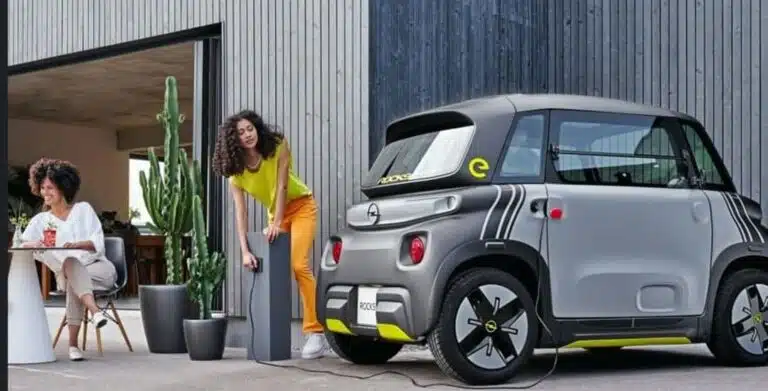Honda plans the creation of an innovative V3 engine
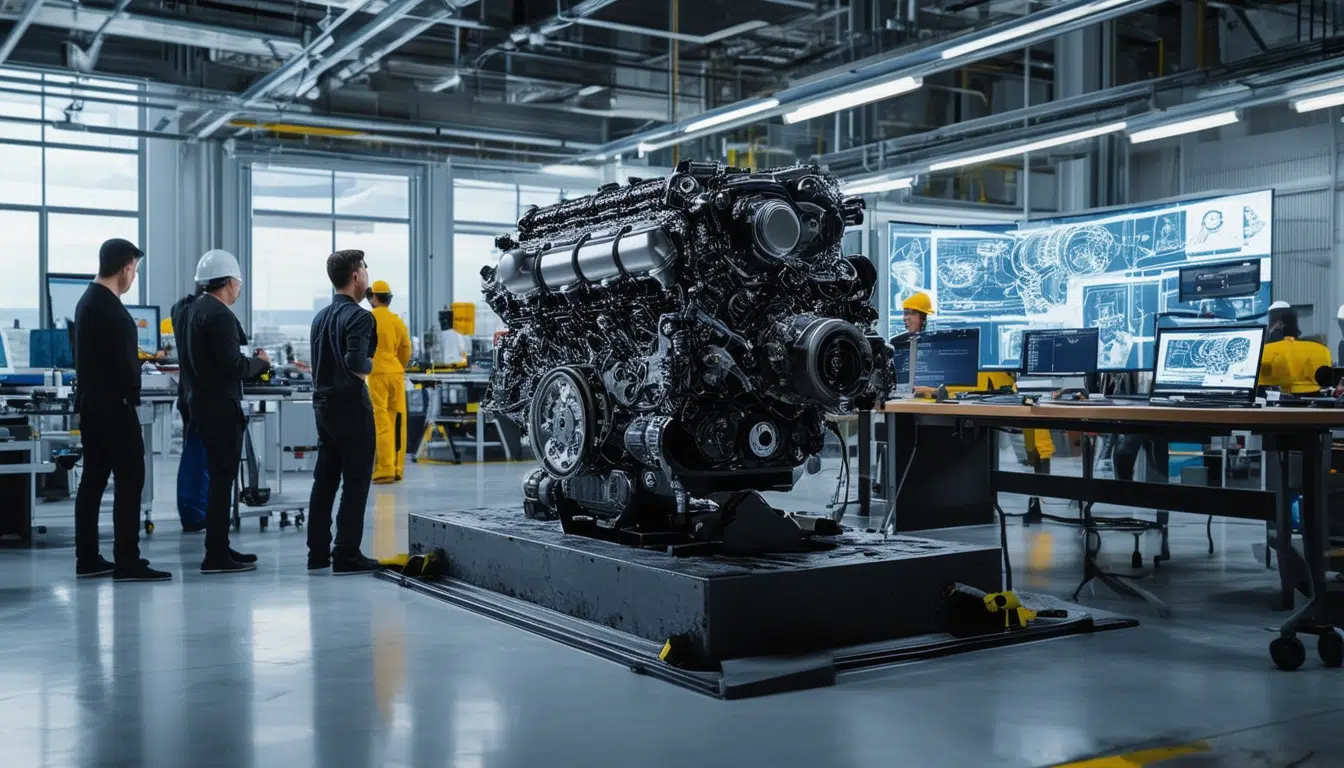
Honda, recognized for its constant pursuit of innovation in the automotive field, is developing a V3 engine of the latest generation. This revolutionary engine, presented on the EICMA 2024 stage, stands out for its compact and advanced design, promising to transform the riding experience of high-displacement motorcycles. Incorporating an electric compressor, specifically designed for motorcycles, this engine allows for independent control of the intake air compression, ensuring a highly responsive torque even at low RPM. This advancement underscores the company’s commitment to a more sustainable and exciting future for two-wheeled vehicles.
Honda and Its Vision for a Future with the V3 Engine
Honda has taken a bold step into the future with the presentation of its innovative V3 engine. The leading company in the automotive world explained that this engine will be developed in a high-displacement environment and will feature unique characteristics such as liquid cooling and an electric compressor. These innovations aim not only to enhance performance but also to offer motorcycle enthusiasts an exciting and sustainable riding experience. This V3 engine stands out for its compact design and its ability to provide high torque even at low RPM (revolutions per minute). In this article, we explore in depth the technical features and potential impact of this innovative technology from Honda.
A New Era for Combustion Engines
Honda unveiled its new V3 engine during the EICMA 2024 exhibition in Milan, where it revealed its intention not to completely abandon internal combustion engines, despite its focus on electric vehicles. This 75-degree V3 engine excels with its liquid cooling and its extraordinarily compact design, made to optimize high-displacement motorcycles. A key feature is the integration of the world’s first electric compressor for motorcycles, an innovation that promises to control the intake air compression without relying on engine RPM.
Electric Compressor: The Key to Performance
Honda’s innovative electric compressor offers a significant advantage, especially considering the limited space in motorcycles. This technology allows for a high degree of freedom in component arrangement, efficiently centralizing masses and eliminating the need for an intercooler. The result is an engine that can deliver exceptional responsive torque even at low RPM, translating into a significant improvement in performance.
This advancement aligns with the visions of other brands like Dacia, which are also seeking innovative alternatives with their own revolutionary engine, impacting the diesel era.
History and Future of the V3 Engine
For followers of the competition world, the presentation of a V3 engine by Honda brings to mind the NSR400R model of the 80s. This model was a replica of the famous NS500 racing motorcycle ridden by Freddie Spencer, but adjusted for regular traffic. Now, more than 40 years since that launch, Honda is re-establishing its mark in the competition with a renewed vision.
The development of the V3 seeks to perpetuate Honda’s legacy and advance towards its mass production, similar to how other industries have innovated in gasoline engines.
Impact on the Two-Wheel Market
With this innovation, Honda aims not only to revolutionize its own models but also to inspire the industry as a whole, similar to the collaboration between BMW and Toyota to develop revolutionary engines in the automotive industry. Meanwhile, the company is working on other electric projects like the EV FUN and EVO Urban that it could launch in 2025, thus planning to expand its range for the next decade.
Honda’s approach reflects a commitment to technological diversity and the desire to keep options alive for consumers who value both electric proposals and traditional combustion engines. This initiative represents a bold move to maintain interest in high-displacement motorcycles while adapting to the demands of sustainability.
The Future of Honda’s V3 Engine: A New Era in Motorcycling
Honda’s commitment to developing the innovative V3 engine promises to be a watershed moment in the evolution of high-displacement motorcycles. This engine, with its 75-degree V design and liquid cooling, has captured the attention of numerous experts and enthusiasts for its exceptional compactness and efficiency. What particularly distinguishes it is the pioneering use of an electric compressor, a technology never before seen in motorcycles, which enhances torque response even at low RPM.
Honda’s exploration with this technology represents a forward-looking approach to the future of internal combustion engines, without ignoring the transition towards more sustainable vehicles. As part of its vision for a more sustainable future and the introduction of initiatives like EV FUN and EV Urban, Honda has shown that it is paving the way to merge the best of both worlds: the excitement of combustion engines and the sustainability of electric motors.
Approximately four decades after the launch of the iconic NSR400R, Honda renews its commitment to innovation and excellence. This approach has been supported by the interest and recognition achieved by the prototype presented at EICMA 2024. It is evident that Honda intends to take this concept into mass production, expecting to set new standards in the motorcycle industry.
As Honda advances with these developments, it strategically positions itself to lead the motorcycle market of the future, offering technologies that excite both veteran riders and new generations. The creation of this V3 engine means more than a technical advancement; it is a testament to Honda’s commitment to innovation and passion for motorcycling. With each step, this brand continues to stretch the limits of what is possible, signaling an exciting journey ahead in the automotive industry.

